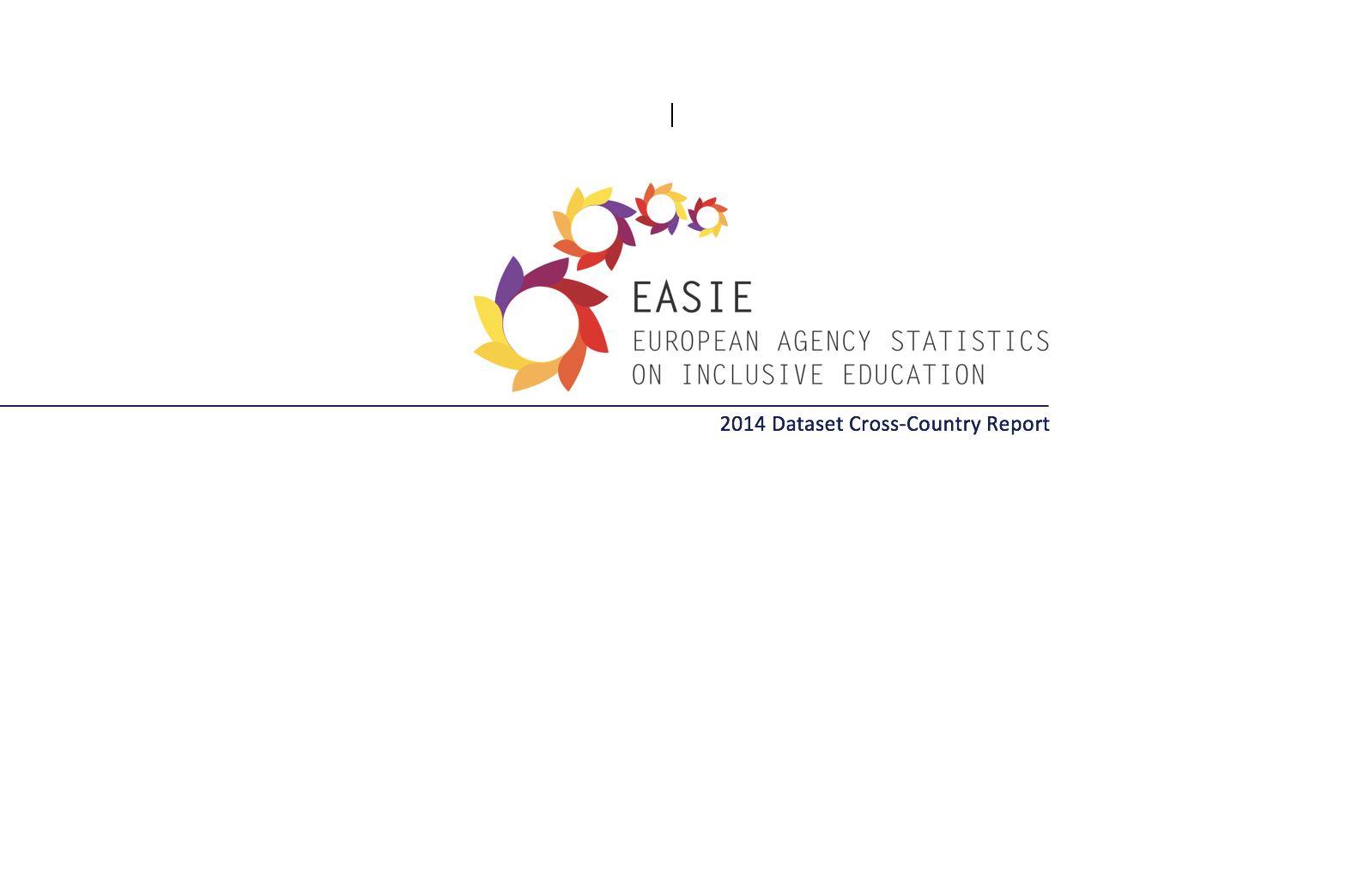The Agency's special needs education (SNE) data collection is a biennial exercise, with data provided by the Representatives of the Agency member countries. In all cases, this data is from official ministerial sources.
All data refers to pupils officially identified as having special educational needs (SEN), as defined in the country in question. All the data presented in this document has been collected in line with each country’s own legal definition of SEN. These definitions are also provided in the texts.
Data provided by countries covers eight agreed questions – five are statistical:
1. Number of compulsory school aged pupils (including those with SEN)
2. Number of compulsory school aged pupils who have SEN (in all educational settings)
3. Pupils with SEN in segregated special schools
4. Pupils with SEN in segregated special classes in mainstream schools
5. Pupils with SEN in inclusive settings.
Segregation refers to education where the pupil with special needs follows education in separate special classes or special schools for the largest part – 80% or more – of the school day.
The information submitted is raw data, i.e. actual numbers of pupils registered in different settings.
The three remaining questions provide contextual information with notes and clarifications, particularly referring to legal definitions of special needs:
6. Compulsory age range, with a specification of primary and secondary age phases if appropriate
7. Clarification of public and private sector education
8. The legal definition of SEN in the country.
The data was collected in late 2008, but the sources used are from the academic years 2006/2007 and 2007/2008.

